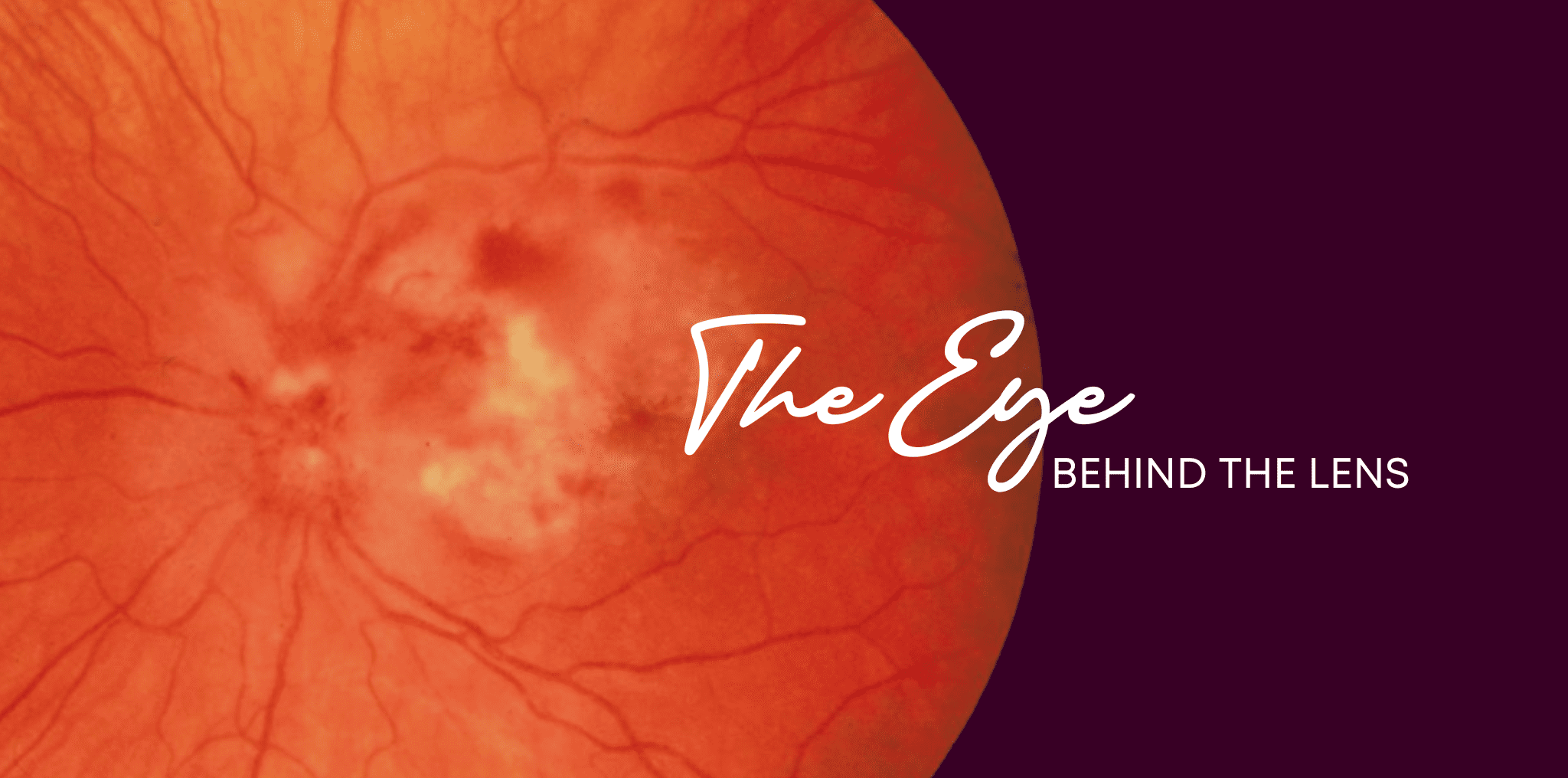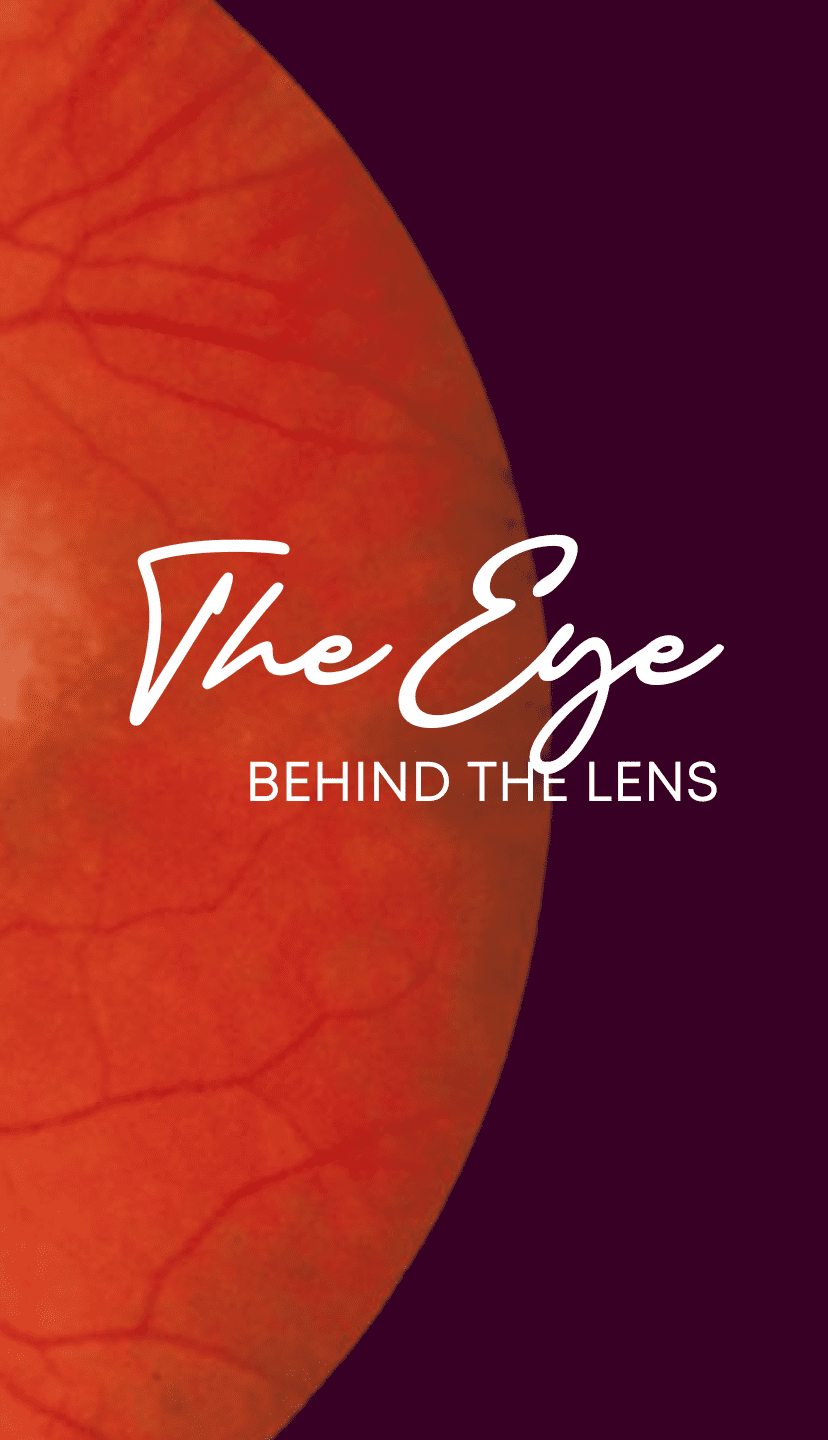Careers in health care are as diverse as the patients we serve. Even among healthcare professionals, the specialized career of ophthalmic photographer may be unfamiliar to many. Ophthalmic photographers, however, play a unique role in the field of pediatric ophthalmology, employing cutting-edge technology and a keen eye for detail to capture and image ocular pathology in our young patients.
If you are curious about the unique and rewarding path of an ophthalmic photographer, join us as we explore their vital work, the qualifications required, the impact they make on patient care, and the exceptional opportunity offered by Texas Children’s to excel in this uncommon field. We are excited to open your eyes to the world of Ophthalmic Photography at Texas Children’s!
What is Ophthalmic Photography?
Ophthalmic photography is a highly specialized discipline. At its core, this role involves the precise and skillful capture of ocular pathology, a task that goes far beyond familiar methods of camera photography. Certified ophthalmic photographers use multiple modalities and sophisticated equipment to image and document the conditions that involve the many structures in the eye and the eye’s surrounding tissues. These visual records are used to diagnosis ocular conditions, monitor disease progression, provide information for surgical care, and support research and education.
In this post, we will define the role and scope of an ophthalmic photographer and the role they play in Texas Children’s commitment to delivering top-tier patient care. Join us as we peer into the unique world of this field.
Opthalmic Photographer Qualifications and Training
The field of ophthalmic photography, especially in the context of pediatric care, has witnessed a growing demand due to the important role of imaging in ophthalmology. Entering this highly specialized field often requires building a unique skill set. While some formal training is available, individuals typically transition to ophthalmic photography from related fields, including traditional camera photography.
Many pediatric ophthalmic photographers start as ophthalmic assistants or technicians, roles that provide them with a solid foundation in patient evaluations and a working knowledge of ocular anatomy and common clinical findings in ophthalmic disease. To transition into imaging, individuals need to acquire technical imaging skills and hands-on experience with imaging devices.
While educational resources such as instrument manuals, textbooks and online tutorials are available, the most comprehensive learning opportunities are offered by organizations like the Ophthalmic Photographers’ Society, Inc. (OPS) and the Joint Commission on Allied Health Personnel in Ophthalmology (JCAHPO). These non-profit organizations provide both national and regional educational programs that encompass the lectures and workshops in ophthalmic imaging necessary for certification and ongoing professional development.
In addition to certification, hands-on experience is essential, helping individuals gain confidence, efficiency, and the ability to adapt to challenging situations, such as imaging preverbal or nonverbal patients and taking quality photos through small pupils. With time, ophthalmic photographers can progressively add new skills, like fundus photography, angiography, anterior segment imaging, and ophthalmic ultrasound, ensuring a gradual and confident expansion of expertise in the field.
Texas Children’s supports ongoing professional development to ensure that ophthalmic photographers stay at the forefront of their field, delivering exceptional care and contributing to the advancement of pediatric eye health.
A Day in the Life of a Pediatric Ophthalmic Photographer
Ophthalmic photographers are important members of the pediatric ophthalmology team. The images they obtain not only aid in documenting and monitoring ophthalmic disease, but also enable medical teams to diagnose and formulate treatment plans for many ophthalmic conditions.
A typical day begins with meticulous preparation of specialized ophthalmic photography equipment, including devices such as fundus cameras, ocular coherence tomography machines, and other technical devices. Each patient encounter is a unique challenge, as pediatric ophthalmic photographers must adapt their techniques to capture a wide range of ocular images, from retinal scans to corneal photography, while ensuring the comfort and cooperation of young patients and their families. The ability to explain the process with empathy is essential in building trust and ensuring a successful photography session.
Pediatric ophthalmic photographers work alongside ophthalmologists and other medical professionals, collaborating to ensure that each imaging session is tailored to the specific needs of the patient. Beyond their clinical activities, they meticulously maintain essential equipment and patient records, which serve as invaluable resources for ongoing treatments and research. This intricate work underscores the importance of ophthalmic photographers in the realm of pediatric eye health. They capture visual stories that play significant roles in guiding the diagnosis and treatment of our young patients at Texas Children’s
Career Growth and Opportunities
The field of ophthalmic photography is dynamic and ever evolving, with imaging technology continually pushing boundaries. As a result, the potential for advancement and career growth is significant. Whether in private practices, universities, or research settings, professionals can explore diverse avenues and opportunities.
Ophthalmic photographers are well positioned to meet growing demands in the clinical environment. As professionals in the medical field, ophthalmic photographers may take on training or supervisory roles as they expand their skill set and become key figures in the healthcare teams they serve.
To thrive in this career path, ophthalmic photographers must take the initiative to stay current and seek out organizations and mentors that support their growth and development. Texas Children’s offers a wide range of resources to keep professionals at the forefront of their fields. Ophthalmic photographers, have the rewarding opportunity to work with a team of board-certified pediatric ophthalmic surgeons, optometrists, ophthalmic technicians, and support staff specially trained to work with the specific needs of children in a family-friendly environment.
How to Become an Ophthalmic Photographer at Texas Children’s
If you have a passion for pediatric eye health, a career as an ophthalmic photographer at Texas Children’s can be a fulfilling and rewarding journey. To join our team in this unique role, start by ensuring you meet the qualifications required. This includes a bachelor’s degree in a relevant field, Basic Life Support (BLS) certification from the American Heart Association, Optical Coherence Tomographers certification (OCT-C) from OPS, and the Registered Ophthalmic Ultrasound Biometrist (ROUB) credential from JCAHPO. Certification as an Ophthalmic Tech (COT) from JCAHPO is also preferred. These credentials not only demonstrate your commitment to excellence but also validate your expertise in the field.
To explore career opportunities in our ophthalmology clinic and apply for a position as an ophthalmic photographer, keep an eye on TexasChildrensPeople.org. Here, you will find information on open positions and the application process. Be sure to tailor your application to highlight your relevant qualifications, experience, and genuine passion for contributing to pediatric ophthalmology through precise and artful visual documentation.
The role of ophthalmic photography is a bridge between the visual and medical worlds and enhances the accuracy and effectiveness of patient diagnosis in pediatric ophthalmology. In this extraordinary role, you’ll have the chance to positively impact the lives of our young patients and help positively impact their ophthalmic futures while advancing your career in an innovative and supportive healthcare environment.
If you are an experienced ophthalmic photographer and envision yourself as a member of our One Amazing Team, join us and Be the Difference for our patients at Texas Children’s.





